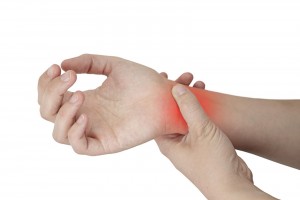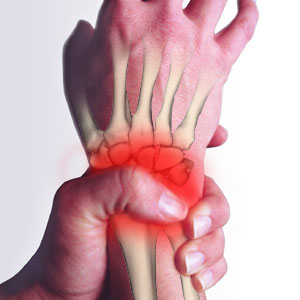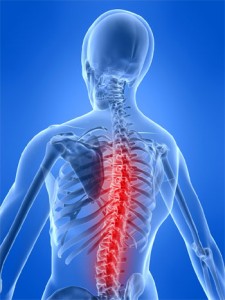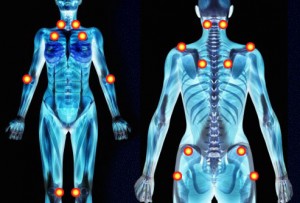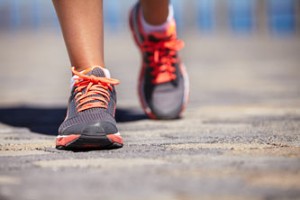 Whether you walk, jog, or run isn’t as important, as getting enough consistent exercise. Factors like your age, weight, fitness level, distance and how long you exercise will determine the health benefits you gain from your workout.
Whether you walk, jog, or run isn’t as important, as getting enough consistent exercise. Factors like your age, weight, fitness level, distance and how long you exercise will determine the health benefits you gain from your workout.
Running is especially good for cardio-respiratory fitness. Running can be hard on the joints over time, so always try to run on grass, or dirt rather than on hard unforgiving surfaces like asphalt and concrete. Keep in mind that during a runners life time over 60% will experience an injury serious enough to keep them from being active and requiring medical attention. The impact of running on your joints can be more than three times your body weight; every step is triple the impact of walking, so find your fitness level, then build up slowly.
Jogging has the same aerobic benefits as running: it conditions the heart, improves muscle tone and strength, relieves stress, and improves cardiovascular fitness. Jogging is a great way to tighten the thighs and calves because it is a weight-bearing activity.
Walking is a low-impact activity because one foot is always in contact with the ground. Walking at least 30 minutes a day is considered a good form of exercise. There are also less likely to be injuries when walking. However, some impact can actually be a good thing. Both jogging and running are weight-bearing activities, which enhance bone density and helps reduce the risk of osteoporosis.
The average person walks 115,000 miles in a lifetime which is more than four trips around the earth.
Walking benefits almost everybody, regardless of age so walking is a good place to start.
The Canadian Pediatric Medical Association recommends walking for the following benefits:
- Strengthens your heart and lungs
- Reduces obesity and high blood pressure
- Boosts your metabolic rate and lowers your cholesterol
- Improves muscle tone
- Reduces stress and tension
- Improves circulation
To maximize your health benefit when you walk, jog or run consider these tips:
- Move at a steady pace and briskly enough to make your heart beat faster.
- Breathe deeply.
- Walk with your head up, back straight, abdomen flat.
- Swing your arms and keep them relaxed
- Use proper foot motion: land on the heel of your foot and roll forward to push off on the ball of your foot.
Whether it’s walking, jogging or running, staying active will help to control your weight, reduce blood pressure and cholesterol and improve your mental health. Whether you are a walker or runner, you’ll get the most benefit if you aim for thirty to sixty minutes a day.



